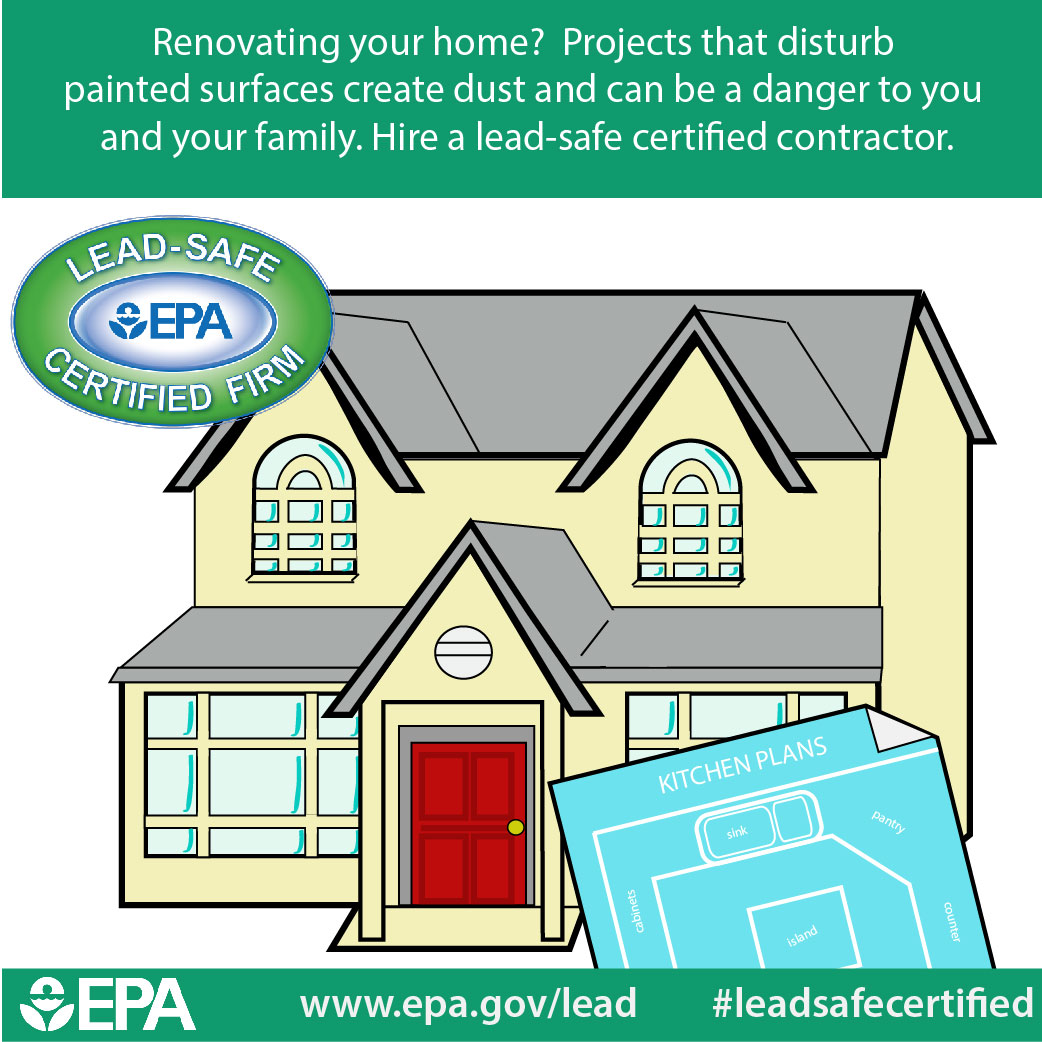Thorough Summary For Prepping Your Wall Surfaces Prior To Using Paint
Thorough Summary For Prepping Your Wall Surfaces Prior To Using Paint
Blog Article
Published By-Grace Bland
When you're prepping your wall surfaces for paint, it's crucial to follow a systematic procedure to guarantee a flawless finish. Begin by checking out the wall for any kind of damage; this step can make or damage your project. Once you've determined any kind of concerns, cleansing the surface area effectively is important, as a dirty wall surface can impact paint adhesion. Afterwards, you'll require to patch any flaws and apply a primer. Yet there specify strategies and ideas that can elevate your prep work game-- let's check out those additional to accomplish the best outcomes.
Assessing Wall Problem
Before you order your paintbrush, take a minute to evaluate your walls' problem. Look for any kind of noticeable damage like cracks, holes, or peeling paint. These flaws can influence exactly how the paint adheres and looks as soon as it's dry. If you observe any significant damage, you'll need to focus on repairs before diving right into painting.
Look carefully at the appearance of your walls. Is the surface area smooth, or is there appearance that might need special factor to consider? Smooth walls typically call for much less preparation, while distinctive surfaces might require even more time to paint uniformly.
Also, take into consideration the previous paint job. If the old paint is glossy, it mightn't allow new paint to stick properly. You'll would like to know if your wall surfaces have been painted with oil-based or water-based paint, as this can affect your selection of primer or paint.
Finally, keep in mind of any kind of wetness problems. If you see indications of water damages or mold and mildew, address these issues immediately to avoid more difficulties.
Cleaning the Surface
Once you have actually assessed the condition of your wall surfaces, the following action is cleaning the surface. Beginning by gathering Related Web Page : a container, warm water, a moderate detergent, a sponge or cloth, and a scrub brush for tougher spots.
Begin at Visit Homepage of the wall surface and function your method down. Mix the cleaning agent with warm water in your container, then dip the sponge or fabric right into the service. Wring it out to prevent extreme dampness on the wall surfaces.
As you cleanse, pay close attention to areas that could've gathered dirt, grease, or finger prints. For persistent discolorations, make use of the scrub brush carefully to avoid harming the paint beneath. Rinse your sponge or towel often in clean water to prevent spreading dust around.
After cleaning, it's important to clean the walls with a moist towel to get rid of any kind of soap residue. This action makes sure a smooth surface for the brand-new paint to abide by.
Allow the wall surfaces to dry completely prior to going on to the following preparation steps. This detailed cleansing process will aid produce a fresh canvas for your painting task, guaranteeing the best results.
Patching and Priming
Patching and priming are crucial steps in preparing your wall surfaces for a fresh coat of paint. First, evaluate your wall surfaces for any kind of openings, splits, or blemishes. Make use of a top quality spackling compound or patching paste to load these areas.
Use the substance with a putty blade, smoothing it out so it's flush with the surrounding surface. Permit it to completely dry entirely, and afterwards sand it gently until it's smooth and also.
Once you've patched everything, it's time to prime. Guide assists seal the patched locations, ensuring the paint adheres appropriately and supplies an uniform finish. Pick a guide appropriate for your wall kind and the paint you'll be utilizing.
Apply the guide utilizing a roller for larger locations and a brush for edges and edges. If your covered areas are substantially huge or permeable, you could wish to use a second coat of guide after the very first one dries out.
After priming, allowed every little thing completely dry completely before moving on to painting. This prep work will not just improve the appearance of your wall surfaces however likewise extend the life of your paint work.
Take your time, and you'll be pleased with the results.
Conclusion
By complying with these basic steps, you can attain a smooth and expert surface on your wall surfaces. Start by assessing their condition, after that tidy and patch any kind of flaws prior to applying primer. Keep in mind to permit adequate drying time and make certain every little thing is smooth prior to you dive into paint. With the right preparation, you'll set the stage for a lovely transformation in your space. Currently, gather your materials, take in the fresh air, and get ready to paint!
